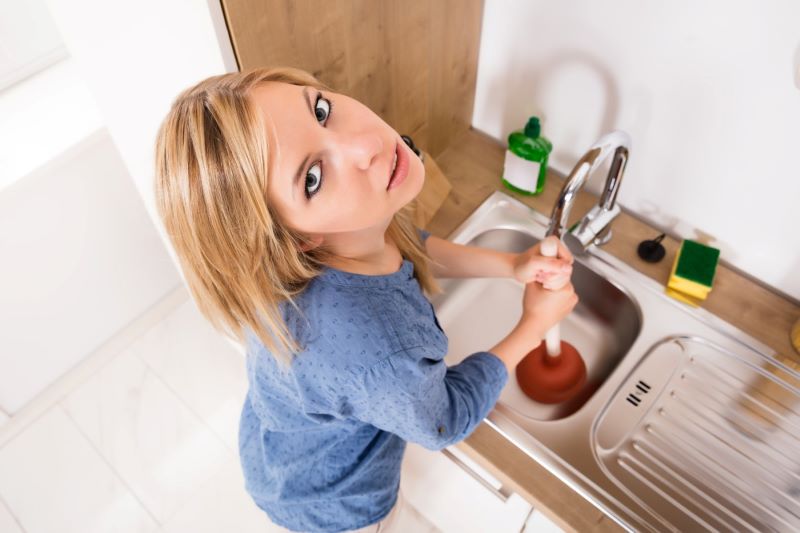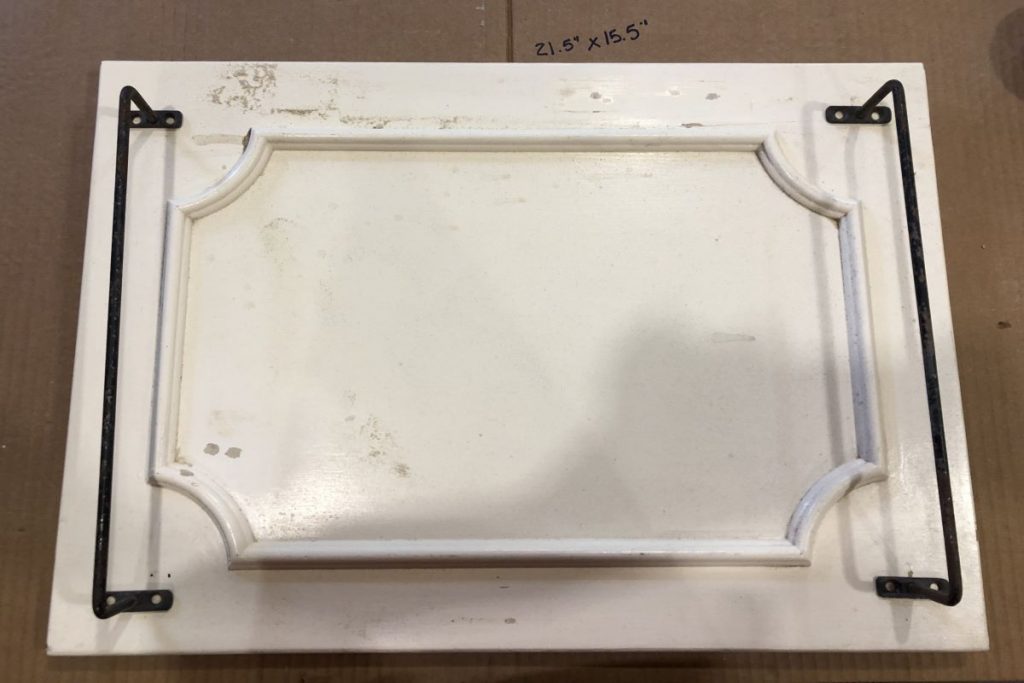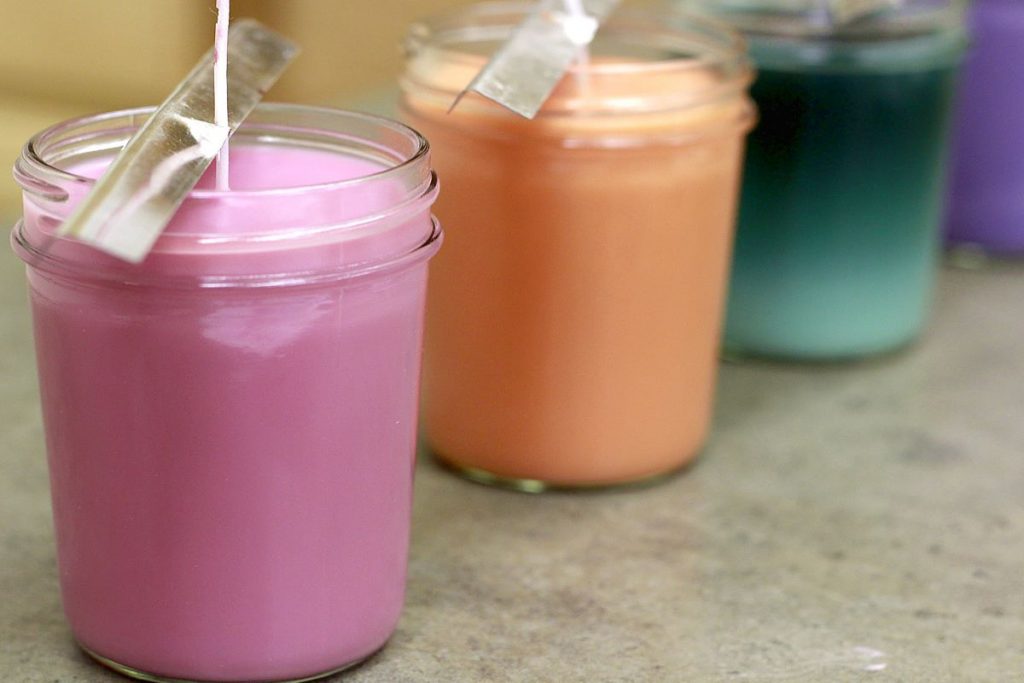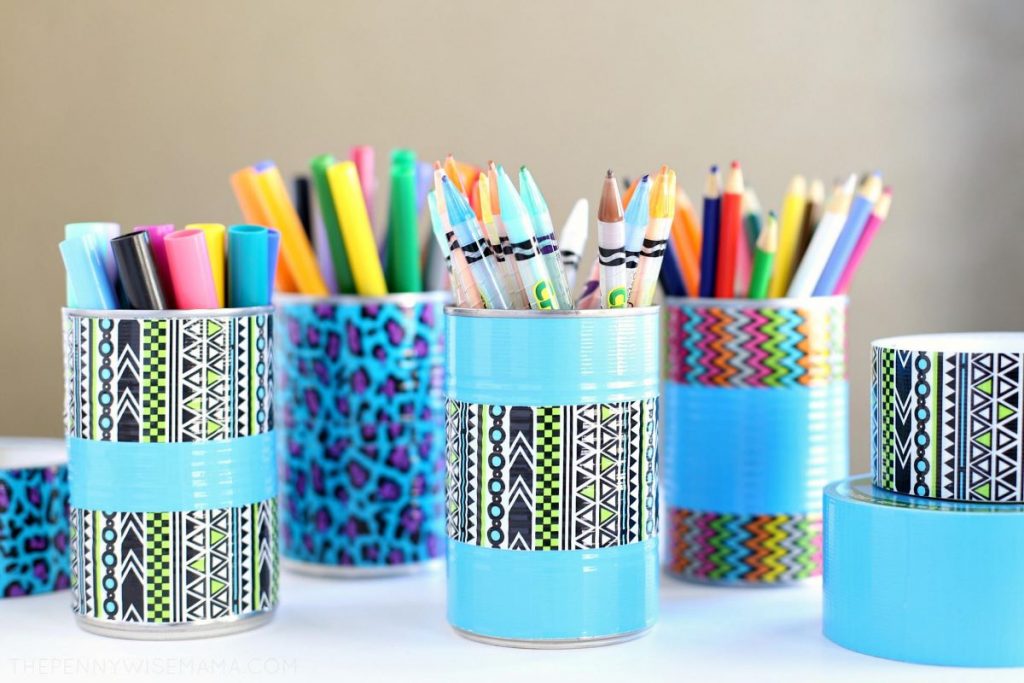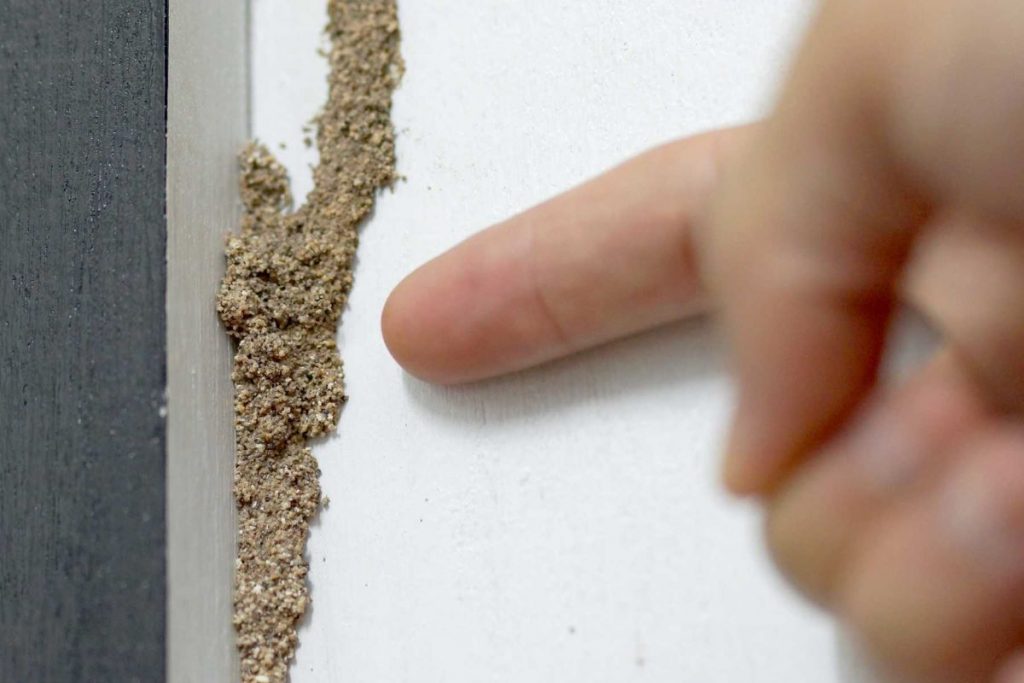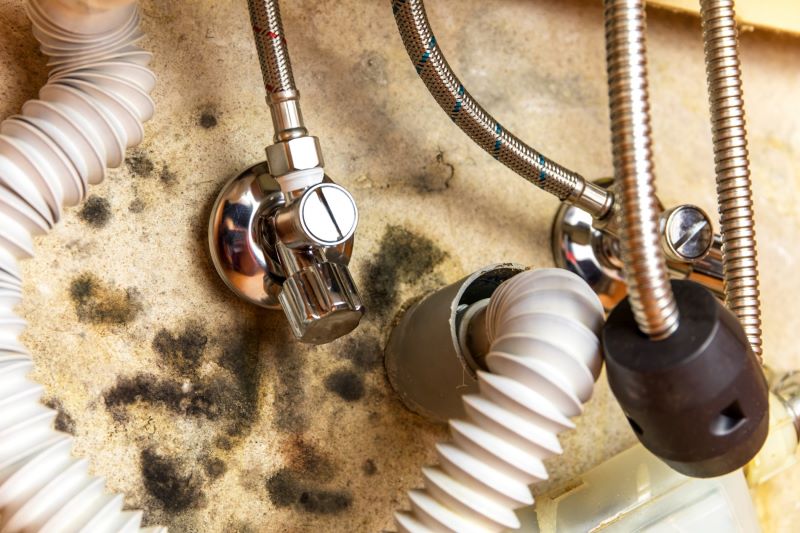Table of Contents
Every year, Americans spend tens of millions of dollars on drain-clearing products like Drano and Liquid Plumber.
Clearly, clogged sinks are common issues for lots of households throughout the country.
Despite spending a ton of money on products to help keep their drains clear, a lot of people are just guessing when it comes to fixing clogged sinks and preventing clogs from coming back.
If you need to figure out how to fix a clogged sink the right way, you’ve come to the right place. Explained below is everything you need to know to deal with this irritating household problem.
Common Causes of a Clogged Sink
There are lots of reasons why your sink may become clogged. The following are some of the most common causes of clogs that you ought to know about before you begin working on your drain:
- Hair
- Soap (specifically, soaps that are made with some kind of oil)
- Dirt/mud
- Leftover food
- Minerals from hard water
Tree roots can also contribute to clogged sinks. If there are cracks in your underground pipes, tree roots can find their way into them. This, in turn, can lead to obstructed water flow and damage to your pipes.
Fixing a Clogged Sink
As you can see, there’s a lot that can go wrong when it comes to fixing a clogged sink. There’s a lot you can do on your own to deal with these clogs, though.
If you’ve noticed that your sink isn’t draining well, here are some steps you can take to address the problem:
Use Boiling Water
Sometimes, the simplest solutions are the most effective. If you have a clogged sink on your hands, you may want to start with the boiling water remedy.
It’s as basic as it sounds. Start by boiling a pot of water on your stove or heating some water up in your tea kettle. Once it’s heated, pour that water down the drain and check to see if it pushes the clog through.
Make sure that you’ve removed all standing water from your sink before doing this.
Check Your Garbage Disposal
If it’s your kitchen sink that’s clogged, you may need to check your garbage disposal. Try running the disposal to see if it helps unblock your sink and gets it draining in the proper way. Take a look at your disposal while it runs to see if it appears to be helping the problem.
Try Vinegar and Baking Soda
The old vinegar and baking soda trick can be effective, too, especially if your clogged sink is the result of grease buildup.
Once you’ve removed any standing water from your sink, pour about one cup of baking soda down the drain. Follow that up with one cup of white vinegar or apple cider vinegar.
When the solution stops bubbling, put a stopper in the sink and let it sit for about 15 minutes. Then, run hot water to see if the clog has been broken down.
Use a Plunger
You can also try using a plunger to clear the clog. Place a plunger over the top of the drain and make sure the bell is covered with water. If you have a double sink, cover the other drain with a stopper or a wet cloth. Then, plunge vigorously and listen to hear if the clog comes loose.
Clean the P-Trap
The P-trap is located in the curve of the pipe found under your sink. Place a bowl or bucket under the P-trap, then loosen it and clear out any debris that might be stuck in it. Once it’s clear, reassemble it and run water through your sink to finish clearing it out.
Use a Plumber’s Snake or Coat Hanger
A plumber’s snake (or a wire coat hanger if you’re in a pinch) is useful for clearing out clogs as well. To use it, disassemble the drainpipe and P-trap. Then, insert the snake into the pipe until you meet resistance, then use the snake to start breaking up the clog.
Know When to Call a Professional
There are plenty of DIY methods you can try to unclog your drain. Sometimes, though, you need a professional’s help.
For example, if your clog is caused by tree roots, you’re not going to be able to deal with that on your own.
If you’ve tried all of the above methods and they aren’t working, call a plumber and ask them to come out and take a look. They’ll be able to get the root of the issue and help you unclog your drain once and for all.
Preventing Future Clogs
There are lots of steps you can take when dealing with a clogged drain. Once your drain is cleared, though, you’ll want to do whatever you can to avoid having to deal with it again.
Many homeowners don’t realize that their day-to-day habits can contribute to clogged sinks. The following are some practices you should take up to prevent future clogs:
- Don’t let food particles drift down the drain
- Never pour oil or grease down the drain
- Pour boiling water down the drain once per week to keep things clear
- Run the water whenever you’re running your garbage disposal
- Check bathroom sink drains on a regular basis to prevent hair buildup
- Place a drain screen over your drains
If you have a septic tank, you ought to have a professional come and flush it once every couple of years.
You Know How to Fix a Clogged Sink: What Next?
Now that you know more about how to fix a clogged sink on your own, as well as what you can do to prevent future clogs from happening, it’s time to get to work.
Follow the guidelines laid out in this article and you’ll be well on your way to a clean and clear sink.
Do you want to learn more about dealing with other plumbing issues in your home? Do you need more general DIY repair advice?
Either way, be sure to visit the Home Improvement section of our site for more helpful tips and tricks.
